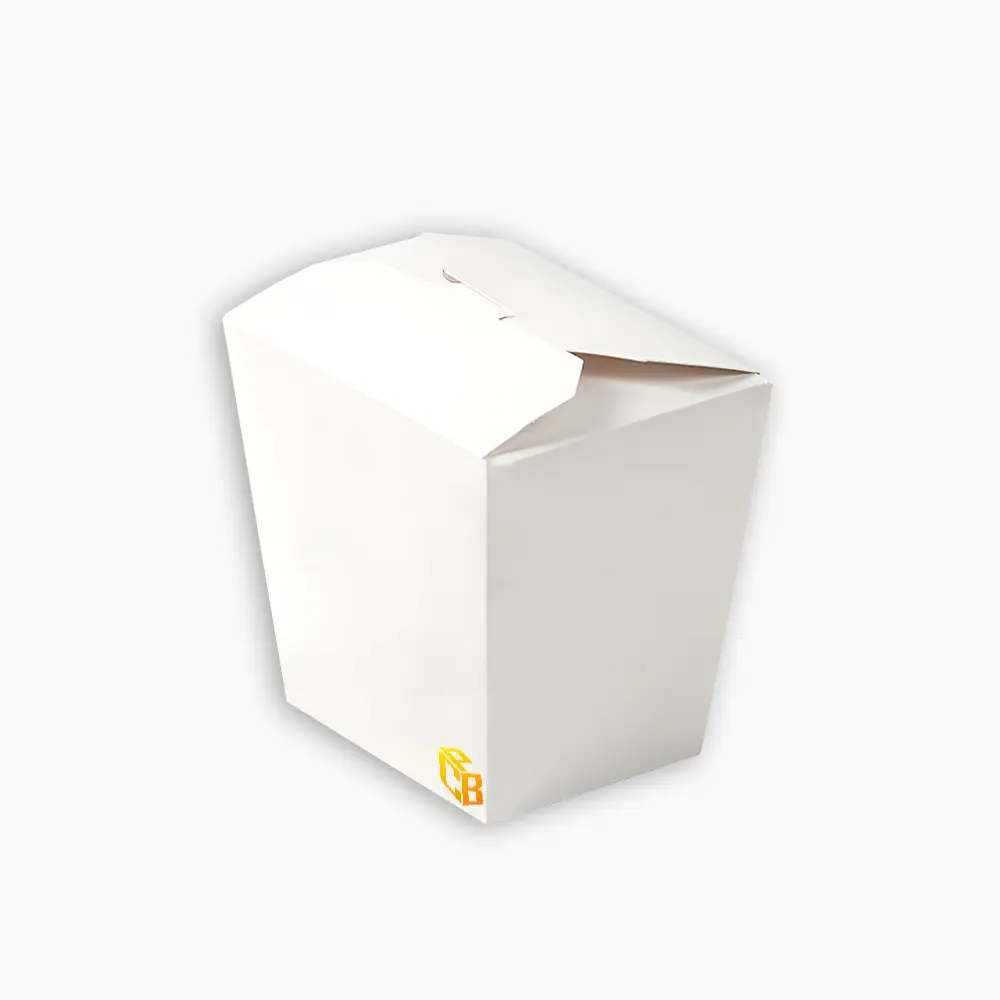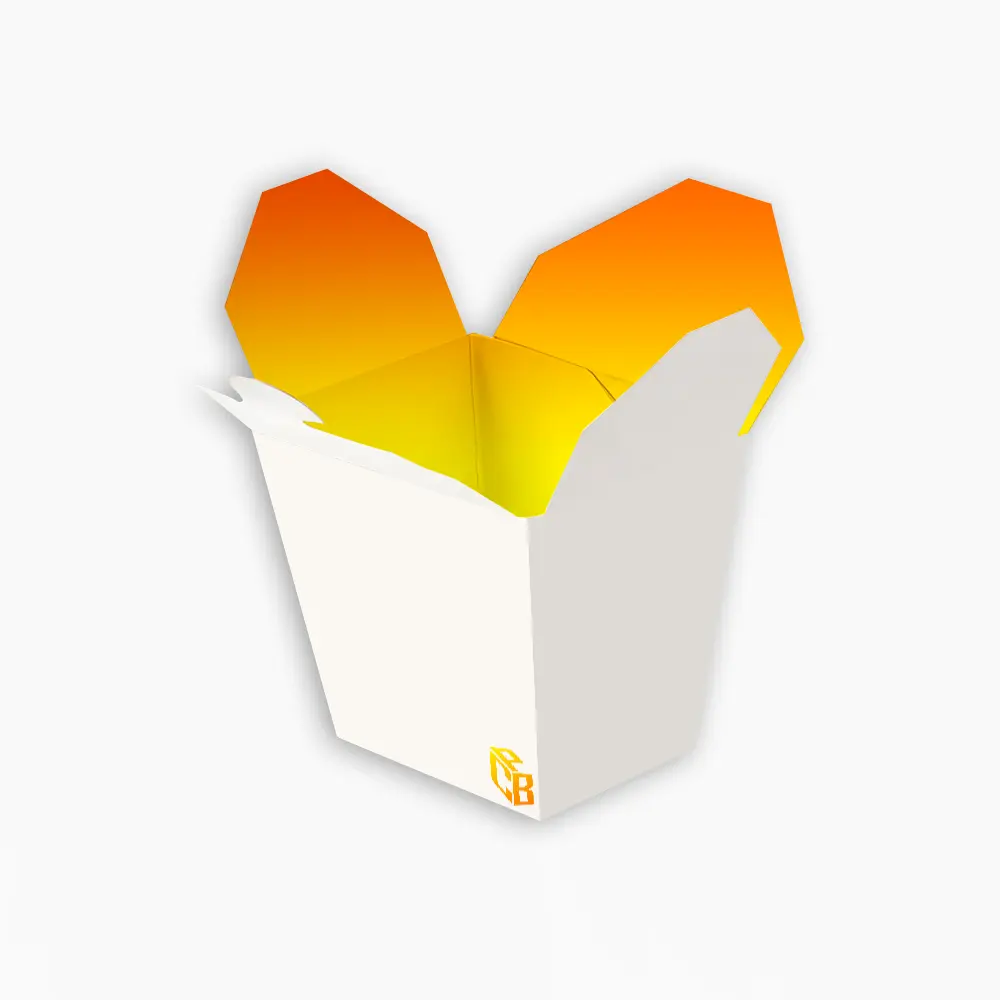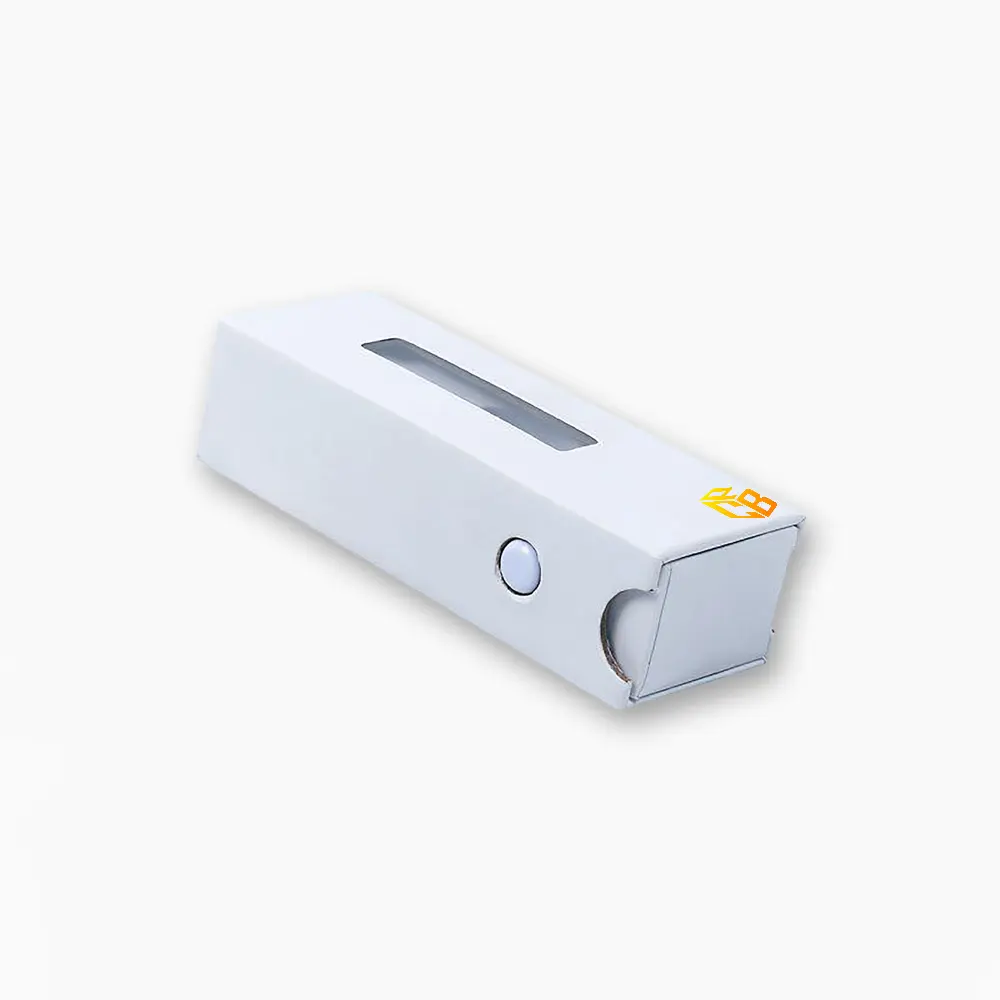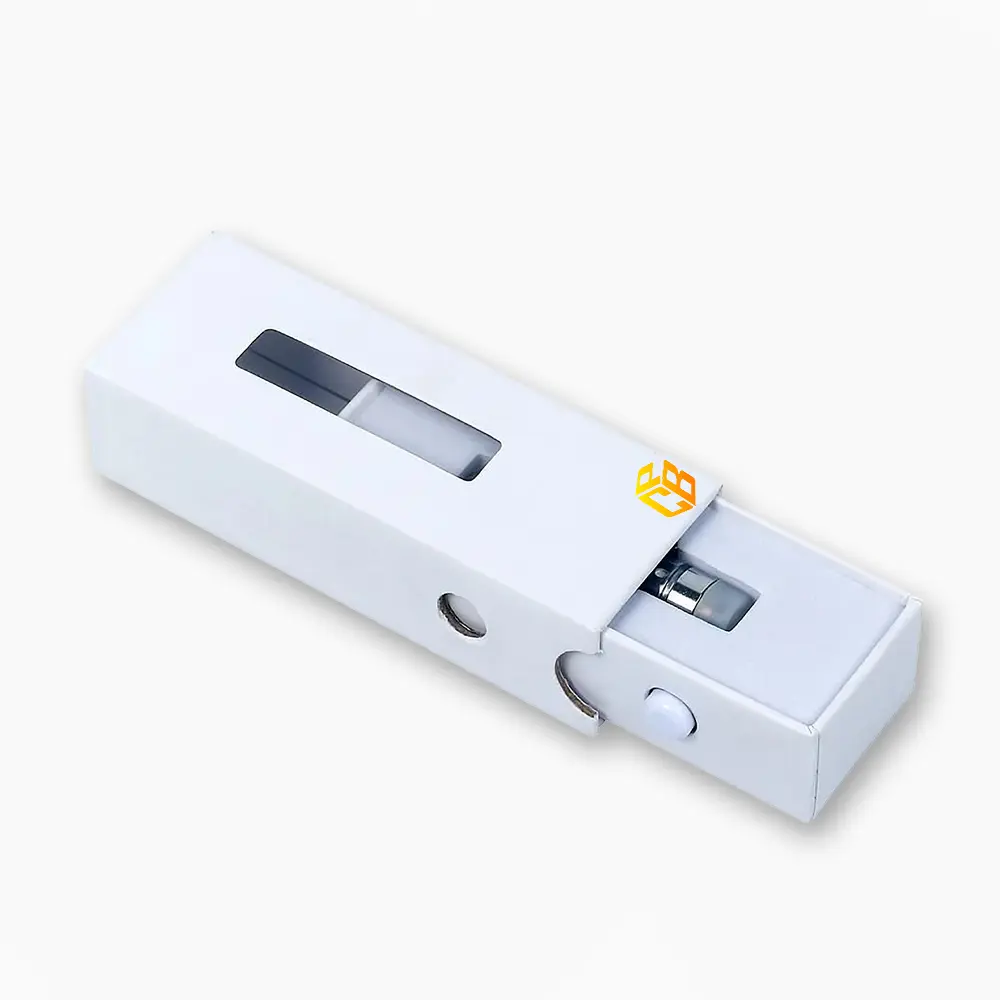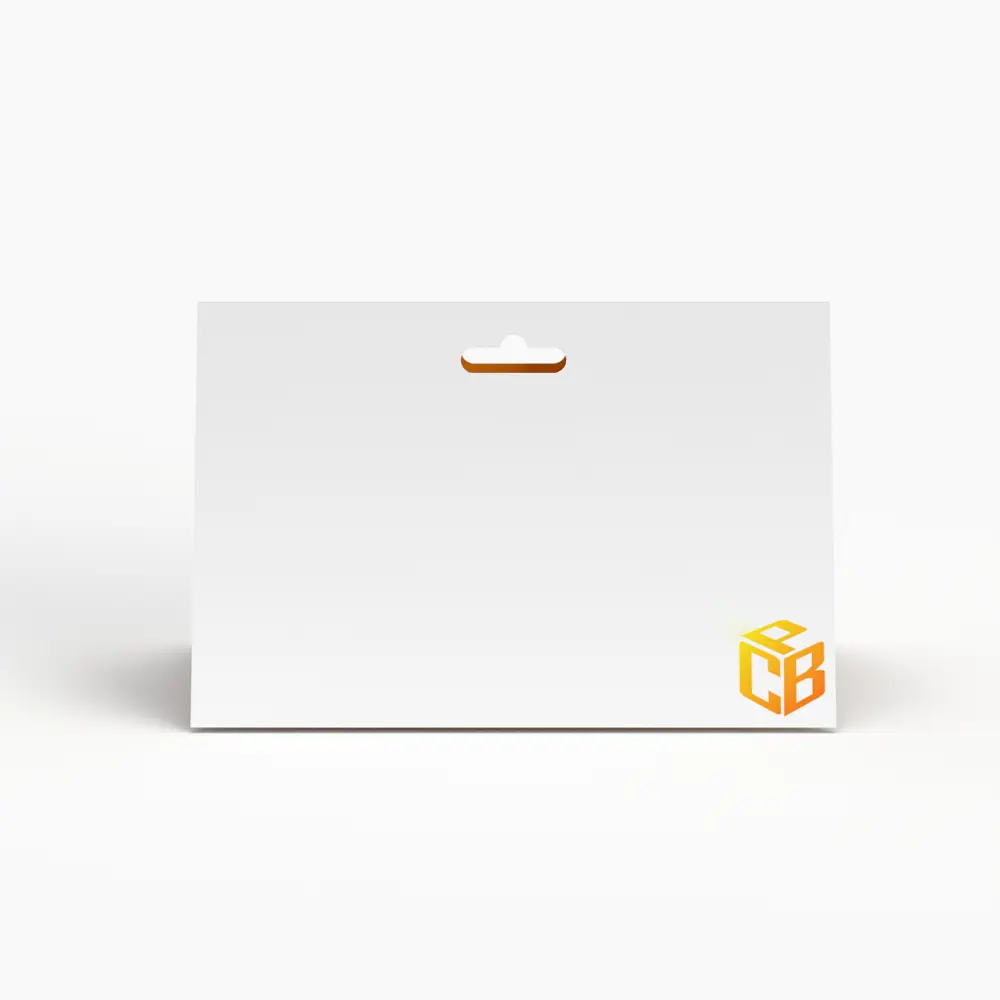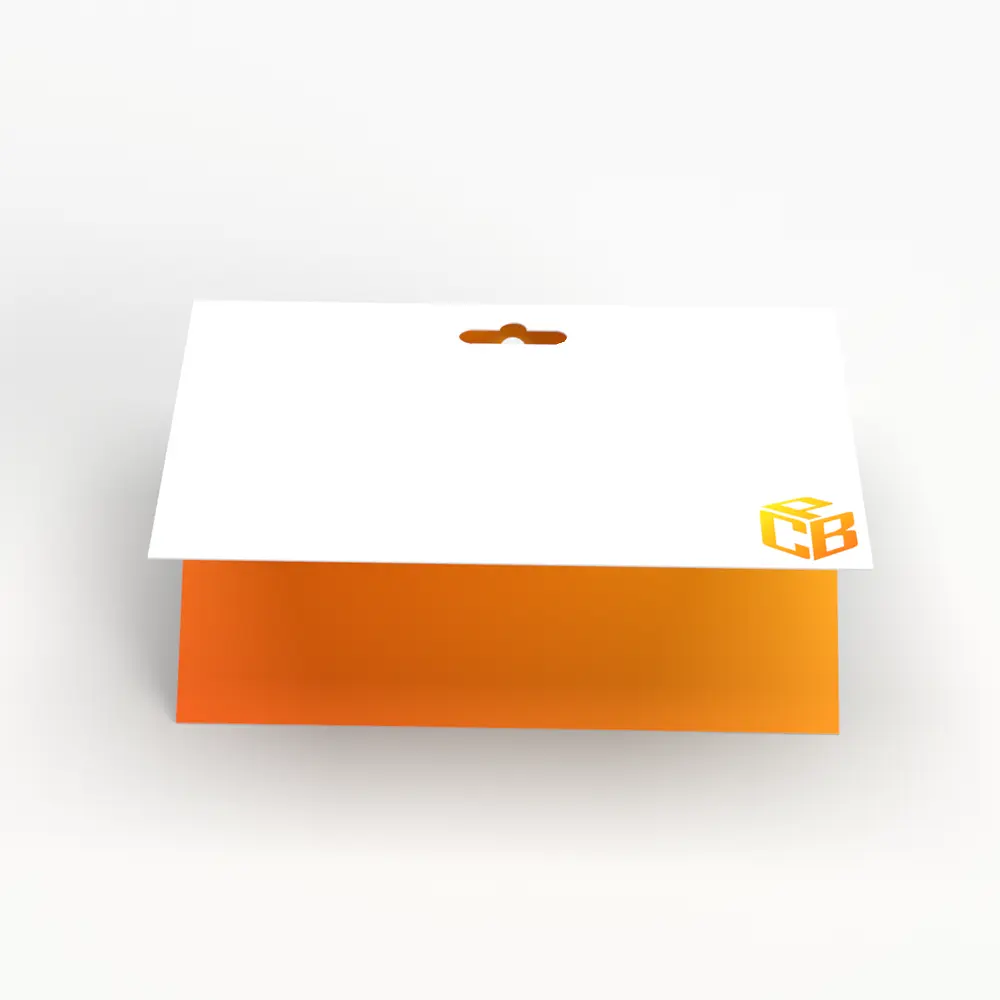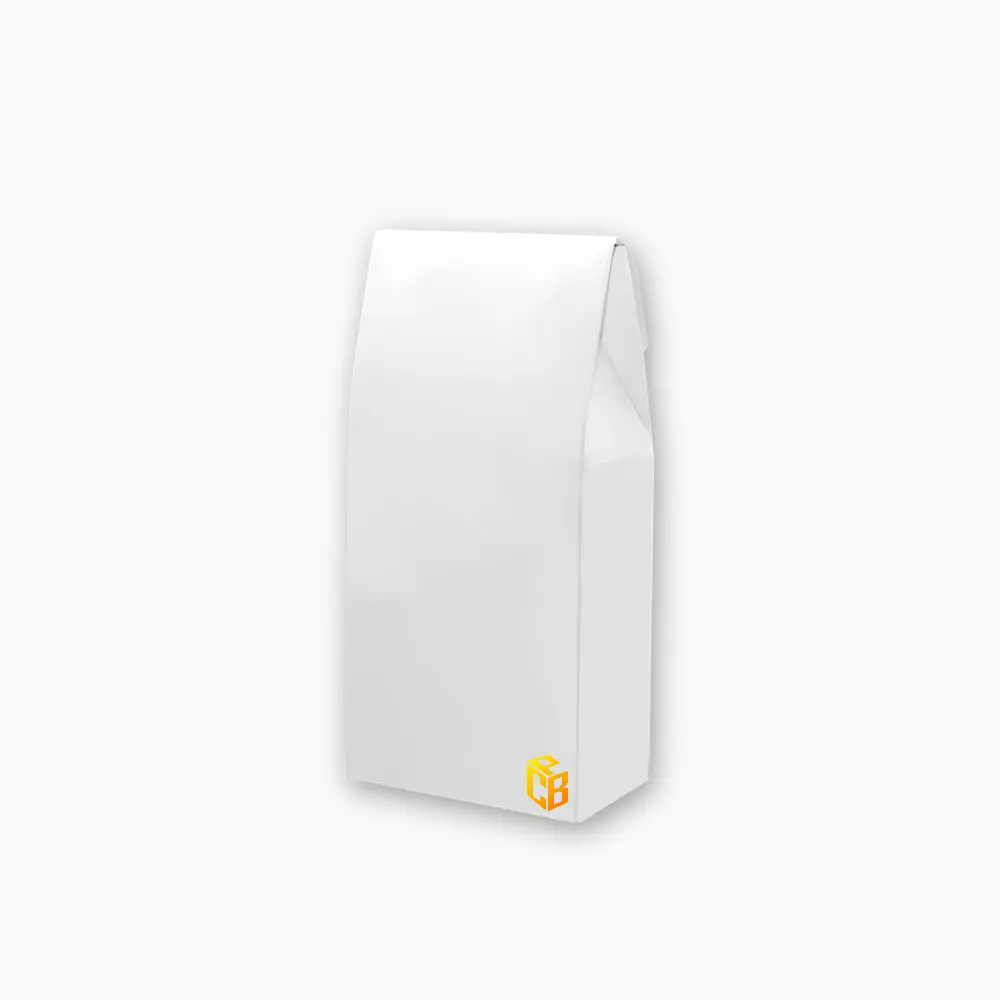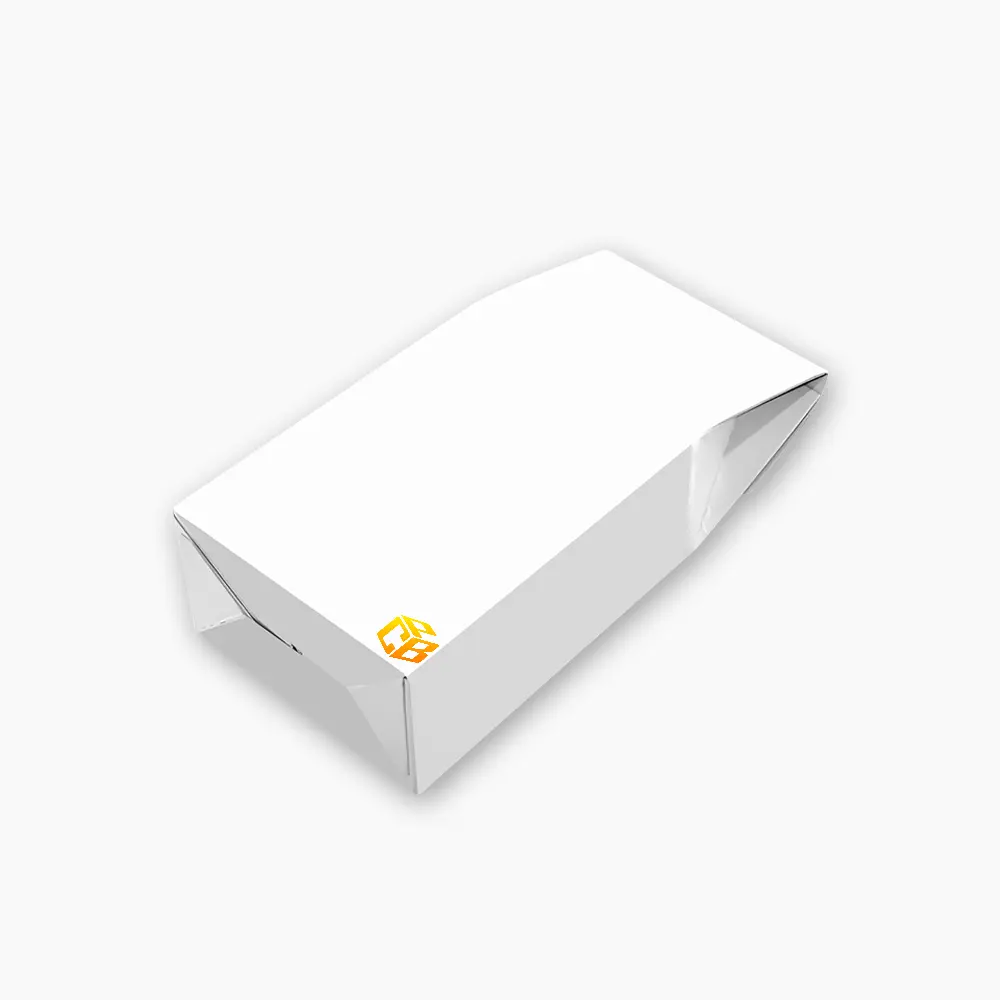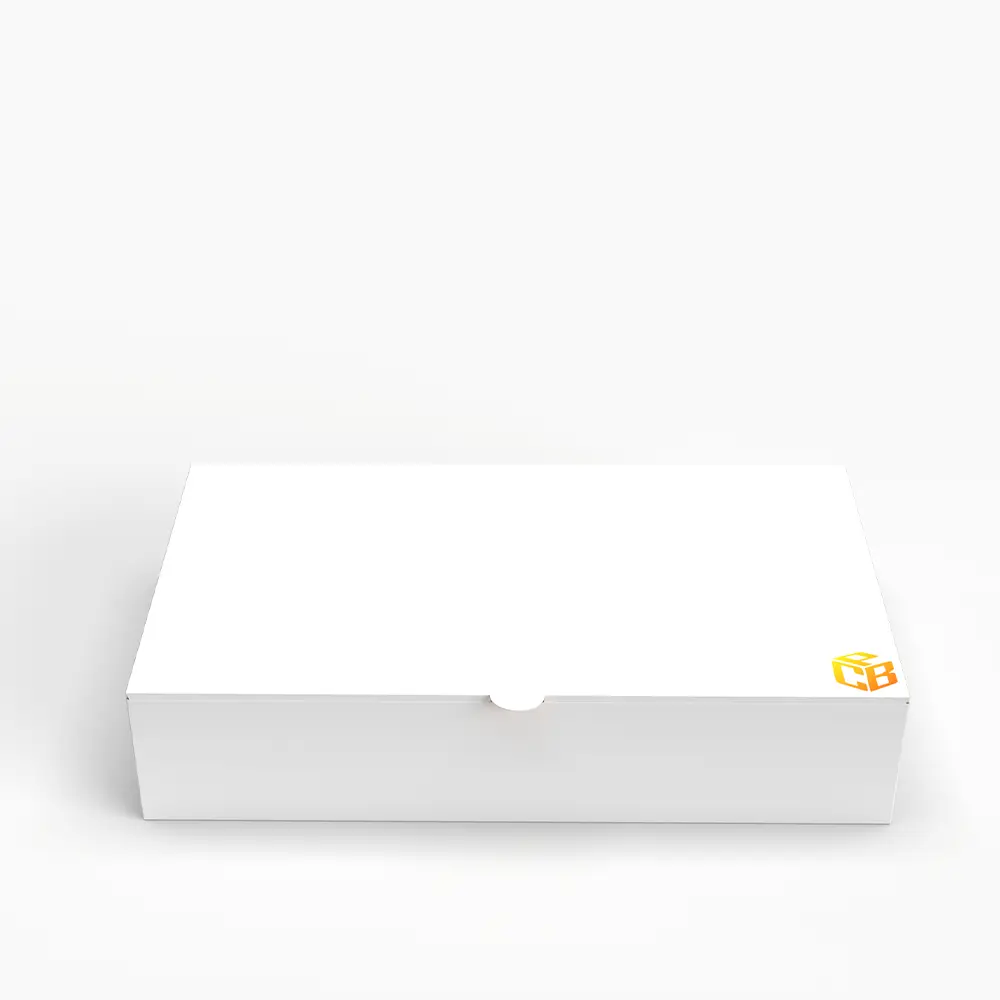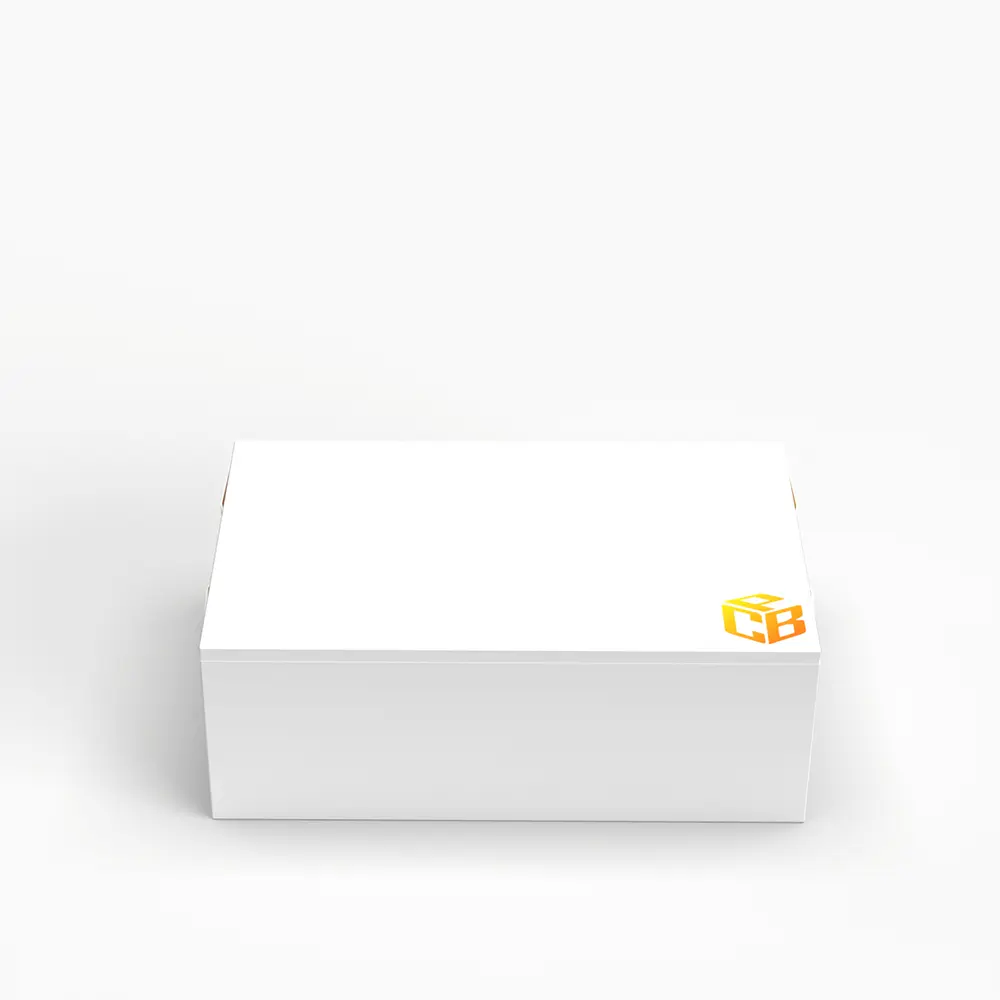Top Closure
Top Closure - A Means of Closing and Protecting Content
The integrity of the contents of the package is one of the closure's principal purposes. It stops spills, leaks, or contamination, making sure the product is delivered to the customer in the proper condition. This is especially important for goods because freshness and cleanliness are top priorities. Depending on the needs of the product and consumer convenience, various closures, such as screw caps, flip-tops, and pump dispensers. Top Closure is essential to packaging, contributing significantly to functional and cosmetic elements. These closures operate as a point of contact with customers and a means of closing and protecting a package's contents.
Make Surrounding Safe by Incorporating Top Closure
Another essential feature of closures is the ease of the consumer. Simple closures improve the user experience overall and increase the product's allure. For instance, a child-resistant lid on medicine bottles protects safety, while a twist-off cap on a bottle allows easy access to the contents. Closures come user-friendly for people of all ages and abilities by considering ergonomics while designing them. Top Closure also come as a marketing and branding strategy. They offer a surface for writing, logos, and other graphics that can amplify company identity and convey crucial information to customers.
Top Closure Will Encourage Recyclability and Sustainability
A product can stand out on the shelf and leave a lasting impression thanks to a well-designed closing. Many businesses spend money on distinctive, eye-catching closures to set their products apart from rivals and establish a recognizable brand identity. Top Closure is a developing priority in packaging design alongside use and appearance. They come from recyclable materials or feature simple disassembly to encourage recycling. Even specific closures come to lessen plastic usage and its environmental impact. Sustainable closures show a dedication to business responsibility while catering to consumer desires for environmentally friendly packaging.
Simplify the Manufacturing Process with Top Closure
Choosing the best closure for manufacturers can affect how quickly and easily packages are filled and sealed. Top Closure, which works with automated packing equipment, can also simplify manufacturing and lower labor expenses. To ensure that the type of closure they select satisfies both the needs of their product and the expectations of their target market, manufacturers must carefully analyze this choice. The function of closures in packaging will continue to change as consumer preferences change and sustainability takes on more significance, spurring innovation and creativity in packaging design.



